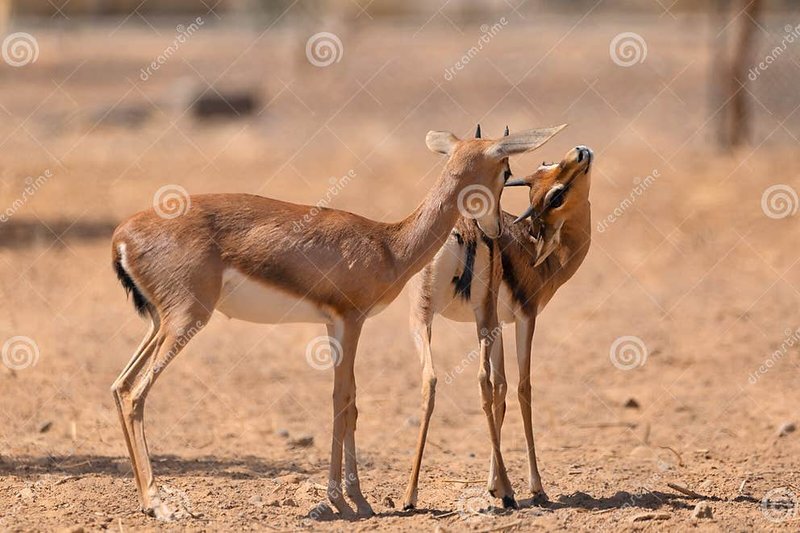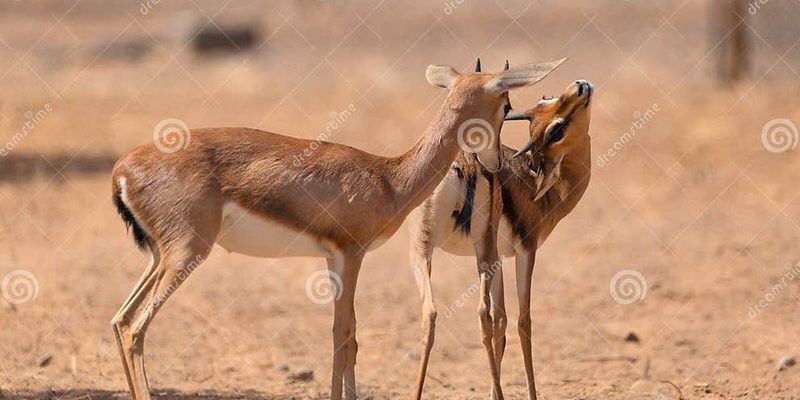
Imagine being a young gazelle, born in a sprawling grassland where predators lurk. Your mother isn’t just nurturing you; she’s also training you to navigate this wild world. The bond between mother and calf is strong, and the methods they employ reflect the delicate balance of life in the wild. Let’s hop into the world of gazelles and explore how they raise their young, from birth to independence.
Gestation and Birth: The Beginning of Life
The journey of a gazelle calf begins with a gestation period of about six months. During this time, the mother gazelle, known as a doe, takes special care to ensure her health and safety. She often seeks out secluded areas to give birth, minimizing the risk of predators finding her newborn. This choice is critical. By creating a safe space, she increases the chances of her calf’s survival.
Once the calf is born, it’s covered in soft fur and can stand within a few minutes. This *rapid development* is no accident. In the wild, speed and mobility are vital. Within just a few hours, the calf starts to walk and follow its mother. The mother gazelle will often lick the calf clean, helping it bond and ensuring it picks up her scent. This is important for identification, especially when other gazelles are nearby.
Bonding and Nurturing: Building Trust
After birth, the mother gazelle becomes fiercely protective of her calf. This bonding period is essential for the calf’s emotional and physical development. Gazelle mothers engage in behaviors that help their young feel safe and secure. For instance, they often stay close to their calves and respond to their needs promptly.
One interesting aspect of this nurturing phase is the way mothers guide their young on where to find food. They teach them what to eat and how to graze properly. You might think of it like a mother showing a child how to cook—only in this case, it’s about survival in the wild. It’s all about instinct, but that doesn’t mean it’s easy. Gazelles face constant threats from predators, which makes this bond even more crucial for the calf’s survival.
Foraging and Feeding: Learning to Survive
As the calf grows, it starts to explore its surroundings. Around two weeks old, calves begin to nibble on grass, learning the delicate balance of foraging. This foraging phase is crucial because, while they still drink their mother’s milk, they need to start eating solid food to grow strong and healthy.
Mothers teach their calves how to recognize safe plants and avoid those that might be harmful. It’s akin to a culinary lesson—only this lesson could mean the difference between life and death. Interestingly, gazelles have a keen sense of smell and taste, which helps them in this process. They instinctively know what to eat and what to avoid, and they pass this knowledge down to their young.
Predator Awareness: The Importance of Vigilance
One of the harsh realities of life in the wild is that predators are always lurking. Gazelles are prey animals, and their survival often depends on their ability to detect danger. As the calves grow, their mothers impart vital lessons about being vigilant. This predator awareness training is incredibly important.
Mother gazelles often take their calves to areas where they can see far and wide, helping them stay alert. They also demonstrate behaviors such as freezing in place when they sense danger, teaching the calves the importance of stillness and silence. Imagine being in a game of hide-and-seek, where the stakes are incredibly high. Every little movement could give away your position! Learning these skills is essential for gazelles as they transition toward independence.
Play and Socialization: Developing Skills
Just like human children, young gazelles need time to play. This playtime is not just for fun; it serves a significant purpose in their development. By engaging in playful activities, calves learn important skills that they’ll need as adults. Think of it as a training ground.
During these playful moments, they practice running and jumping—skills that will help them escape predators later on. Gazelle mothers encourage this play while always keeping a watchful eye. It’s fascinating to see how these interactions help young gazelles build confidence and physical prowess, which will be vital for survival.
Independence: Preparing for Life Alone
As calves grow and reach about six months of age, they begin to transition toward independence. This stage is bittersweet. The bond between mother and calf is still strong, but the mother knows it’s time for her young one to learn how to stand on its own. This newfound independence means the calf will start to join larger groups of gazelles, known as herds.
During this time, mothers gradually reduce the amount of time they spend nursing. It’s a natural part of growing up, much like when kids learn to feed themselves. They also begin to explore further from their mothers, practicing the skills they’ve learned over the past months. It’s a world filled with challenges, but the lessons from their mothers serve as a sturdy foundation for navigating life as an adult gazelle.
Raising young gazelles in the wild is a remarkable process filled with challenges and triumphs. From the initial bond formed at birth to the eventual independence of the calf, every step is crucial for survival. Gazelle mothers play a vital role, teaching their offspring about food, safety, and social interactions. It’s a beautiful reminder of how life continues in the wild.
Every gazelle calf born into this world carries forward the knowledge and skills passed down from its mother. By understanding how they raise their young, we gain insight into not just the lives of gazelles, but also the intricate dance of life in the wild. It’s all about survival, but also about love and connection—key elements that shape the future of these incredible animals.

